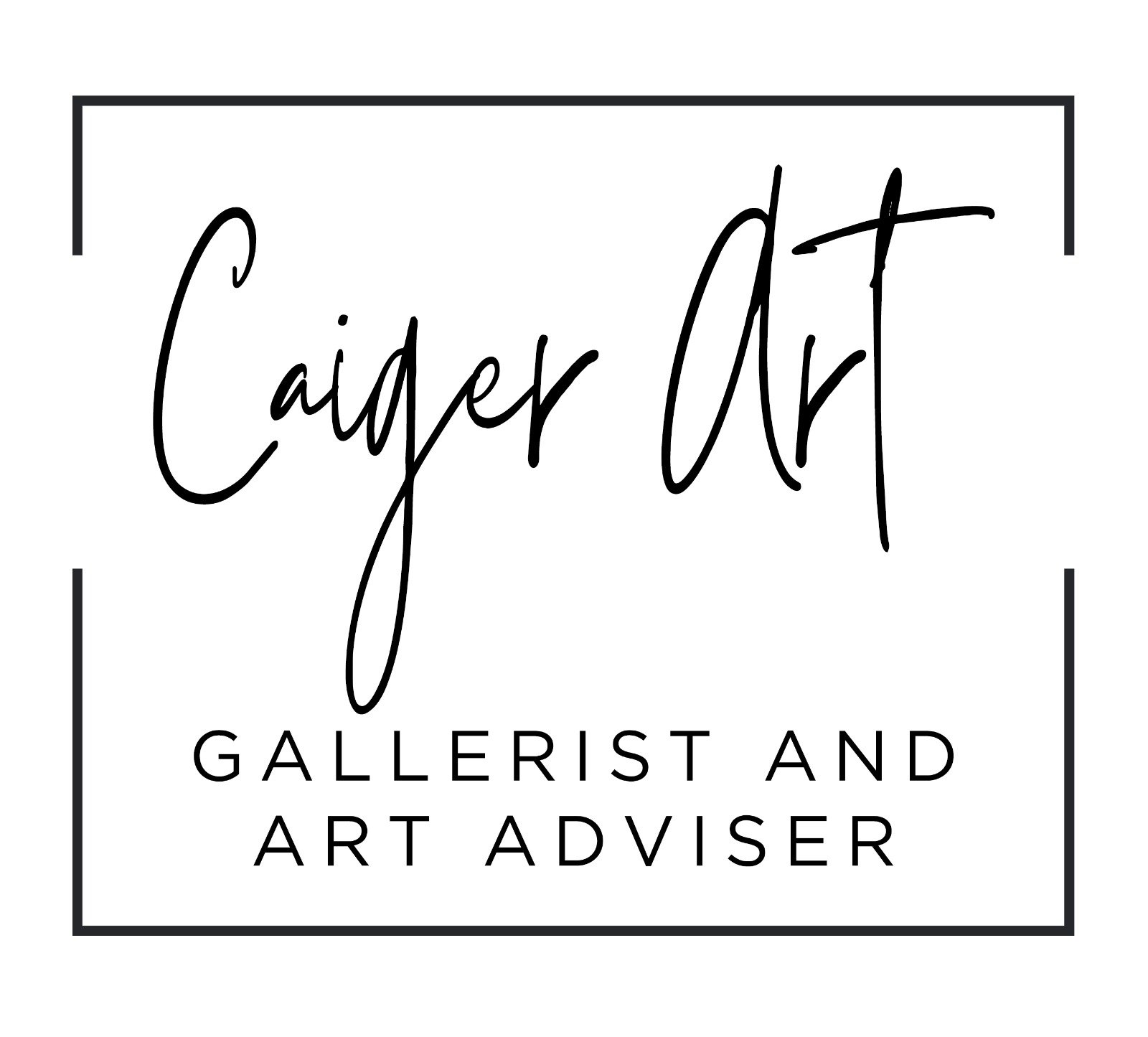Artist In The Spotlight - Fleur Alston
Fleur Alston
It is always good to have a bit of background knowledge about artists and their artwork, so our Gallery Director, Carol Caiger had a chat with artist Fleur Alston about her thoughts and processes behind her stunning photographic collages.
Carol: What first drew you to the relationship with the natural world and photography?
Fleur: I have always had a fascination with the colours and myriad of textures and pattern of the natural world. I am drawn to the intricacies and the overwhelming diversity of even the tiniest of bug or flower..
Carol: Why dead animals?
Fleur: Not all the animals in my work are dead. In some images I juxtapose the living with the dead as in `The Quickening 4`. The birds are taxidermy specimens from various Natural History museums around the country but all the bugs and butterflies where photographed alive.
I have also photographed roadkill and animal death, incorporating them into intricate Mandalas, honouring their deaths and bringing attention to the often overlooked. The environmental issues this and my other work highlight are very important to me in an increasingly endangered natural environment.
The Quickening 4 by Fleur Alston
Carol: Are your artworks circular because of the circle of life or is there another significance?
Fleur: The circle is inspired by the Mandala and the writings of Carl Gustav Jung, the renowned psychiatrist and psychotherapist. The motif of the Mandala is a spiritual and ritual symbol in Hinduism and Buddhism that represents the universe. Jung spoke of the urge to produce Mandalas at times of intense personal growth and as a way of rebalancing the psyche, the result is said to be a more complex and integrated personality.
Carol: Do you prepare the dead animals yourself?
Fleur: I photograph the animal as found or source animals already in collections in various museums across the country. Sometimes people bring me animals they have found and have frozen for me, or I buy and collect the specimens myself.
Carol: How do you find your specimens, including lichen and flowers for your work?
Fleur: I visit a lot of museums and collections of specimens and I am always looking for inspiration as I walk around. I get very excited about unexpected bursts of colour or intriguing textures in nature.
17 Species of Lichen by Fleur Alston
Carol: What happens to the specimens when you have completed you work?
Fleur: My house is full of oddities and curiosity cabinets! I have cupboards full of shells, wood, fossils and a myriad of objects from mummified frogs to fox bones found in a field
Carol: How do you prepare to make your pieces?
Fleur: I photograph endlessly, then gather all the images together and work intuitively with the pattern, colour and textures. Someone told me once I was very good at making patterns!
The Quickening 3 by Fleur Alston
Carol: What camera do you use?
Fleur: My current camera is a Nikon D7200
Carol: Can you explain the process of your artwork.
Fleur: Apart from the photographing of the animals and objects I use, most of my time is spent cutting out and arranging things in Photoshop, one single object at a time. It is a laborious, time-consuming process but I find it ultimately a meditative and rewarding experience. My laptop is my studio so to speak.
Carol: How long does it take to complete your artwork?
Fleur: It can take up to a month, if not longer, to complete a large image from beginning to end.
Detail of The Quickening 1 by Fleur Alston





